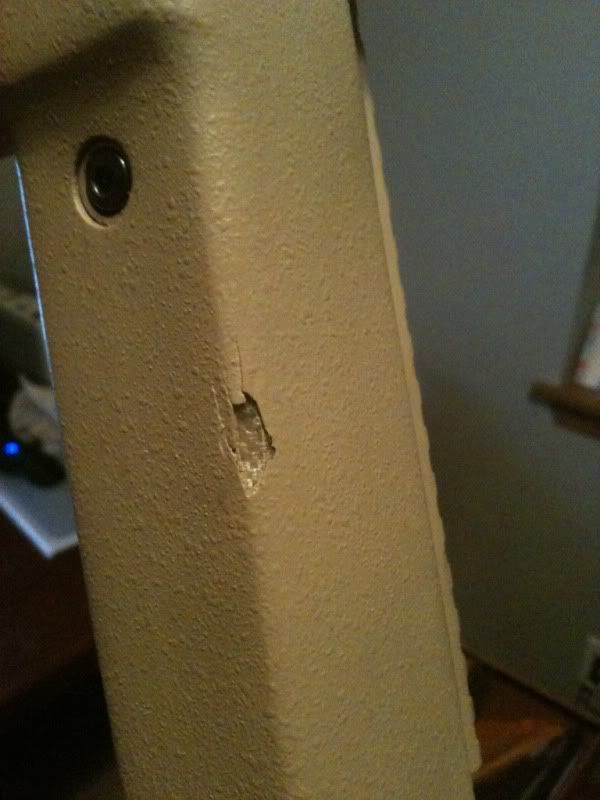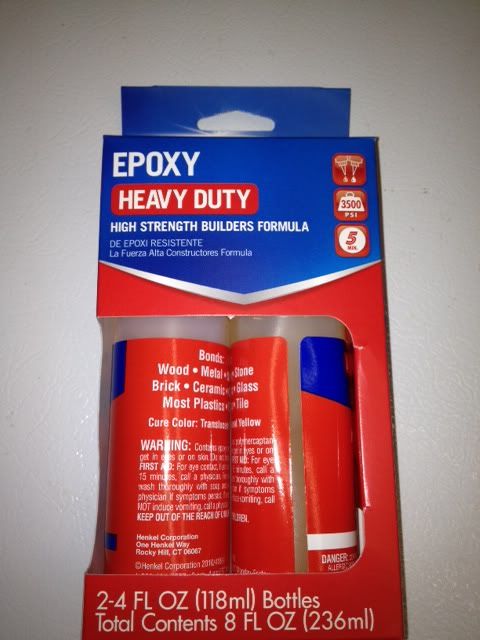I'm new here so please bear with me.
I recently made a very good trade deal and picked up a Savage 10FCP. The only problem is that the stock is a bit "rough" around the edges and I'd like to clean it up.
My stock (McMillan A3?) has a small ding at the base of the stock pictured below.

The dent appears to have made it down to the fiberglass. My question is what should I use to fill the gap specifically? I was thinking some type of epoxy would do the trick. Once done, I figured I could sand it smooth and at the same time re-finish my stock.
The paint of the rifle now is Krylon but I'm wanting to do this right and use Cerakote. My only concern is the buttpad and I can't figure out how to remove it or if it will be damaged during the curing process. Cerakote can be cured at 200 degree (I think?) for a longer period but I'm not sure if the buttpad will survive the heat.
Any Ideas?
I recently made a very good trade deal and picked up a Savage 10FCP. The only problem is that the stock is a bit "rough" around the edges and I'd like to clean it up.
My stock (McMillan A3?) has a small ding at the base of the stock pictured below.

The dent appears to have made it down to the fiberglass. My question is what should I use to fill the gap specifically? I was thinking some type of epoxy would do the trick. Once done, I figured I could sand it smooth and at the same time re-finish my stock.
The paint of the rifle now is Krylon but I'm wanting to do this right and use Cerakote. My only concern is the buttpad and I can't figure out how to remove it or if it will be damaged during the curing process. Cerakote can be cured at 200 degree (I think?) for a longer period but I'm not sure if the buttpad will survive the heat.
Any Ideas?


